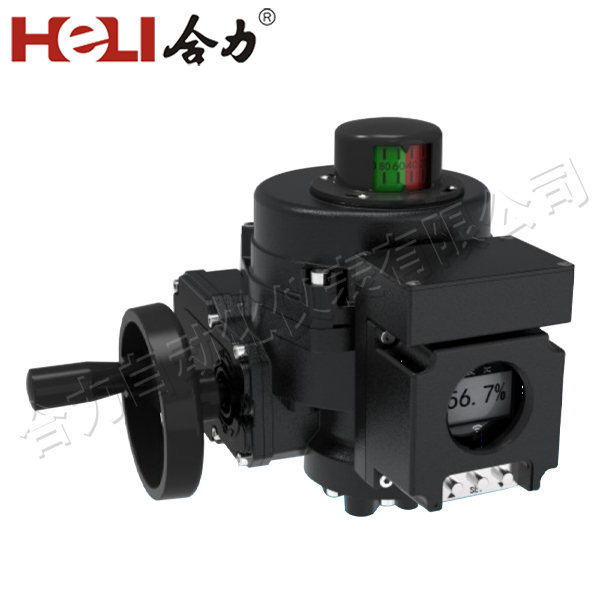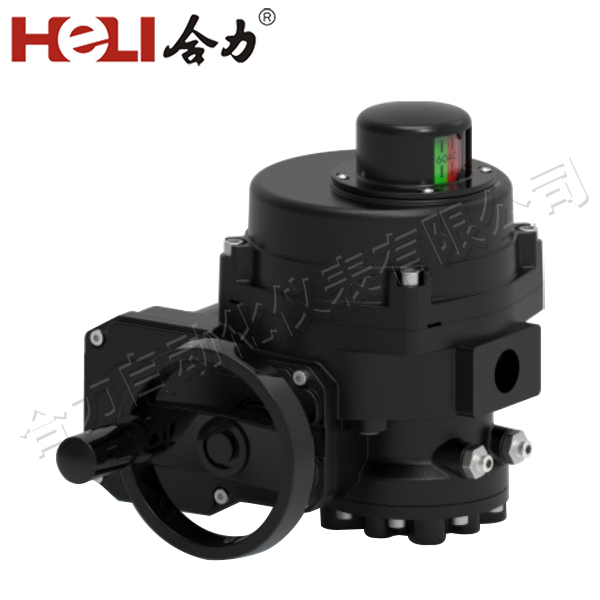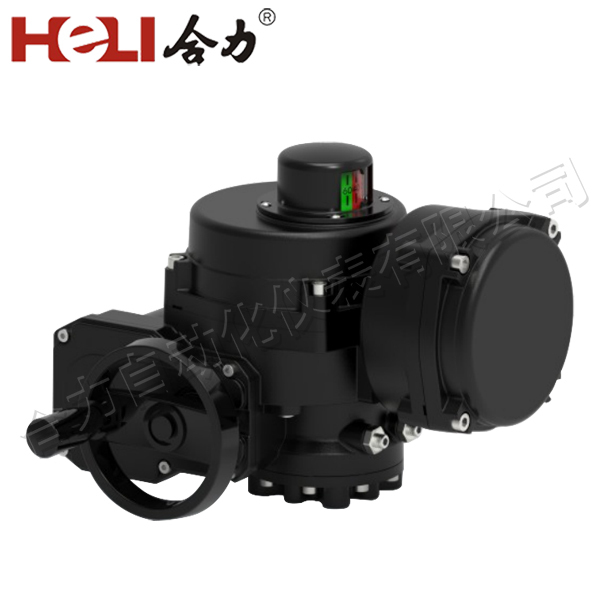The increasing demand for efficient, sustainable, and high-performance systems in various industries has led to the development of innovative technologies, among which the Lithium Battery Electric Actuator (LBEA) stands out. Combining the power of lithium-ion batteries with the precision of electric actuators, these systems are transforming how motion control is applied across sectors such as robotics, automotive, aerospace, and industrial automation.

The Basics of Lithium Battery Electric Actuators

A Lithium Battery Electric Actuator (LBEA) is a device that combines two critical components: an electric actuator and a lithium-ion battery. The actuator is responsible for converting electrical energy into mechanical motion, while the lithium-ion battery serves as the energy source. These actuators can be used for a wide variety of tasks, including controlling robotic arms, driving wheels, adjusting valves, and moving other mechanical parts in systems that require precise movement. Lithium-ion batteries are widely known for their high energy density, lightweight characteristics, and long lifespan compared to other battery technologies. This makes them an ideal power source for actuators, allowing the devices to operate efficiently while maintaining a smaller, lighter form factor. The combination of the actuator’s precision and the battery’s power has led to the growth of electric actuators across many applications.
